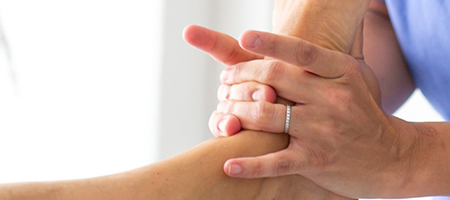An Osteopathic Approach to Neck and Upper Back Injuries on Open Water Swimming
When examining a patient, as an Osteopath, we aim to optimise function, not just in local areas but also globally. This is governed by the maxim “Structure Governs Function”. By this, we mean if you look at the Anatomy (Structure) of a region, you can tell what its function is and vice versa. When looking at the Anatomy of the Neck and the Upper Thoracic Spine and its associated ribs (Thoracic Cage), one can immediately see how radically different these areas are due to their very different functions. The neck is very mobile in all ranges of movement to optimise the use of our senses-Sight, Hearing, Sound, etc. However, the Thoracic cage, being a bony cage, is very limited in all movements as its main functions are in respiration and protection of the organs contained within.
The majority of problems confronting Osteopaths in Clinic occur at these junctional areas because it is here that the Structural/Functional demands are changing from one area to its adjoining region, and if this transition is not a gradual one inappropriate movement will be placed on an area that Structurally is not designed to cope with it and injury will occur.
In Open Water Swimming, the demands of Breathing-with-sighting can lead to injuries in this area. Two movements are crucial to enable this to occur-Rotation and Extension. Because the neck is the most mobile region, most of these movements occur here; however, the adjoining Thoracic Cage must be able to do its share, however small.
In an Osteopathic Examination, we would first observe your standing position to see how your Head/Neck sits on your Thoracic Cage, looking for the shape of your upper back and how flexed-bent forward- your head is in its resting position. Diag.1 With the majority of people sitting at desks this stooped posture is relatively common and would be a major factor in leading to injuries in this area.
Secondly, we would need to assess your Trunks ability to Rotate Diag.2. very seldom do we ever use much rotation in our upper thoracic cage as the neck can easily do it, or in the office environment the swivel chair can. In both these assessments, we will also be looking at any asymmetry within these movements, as we all have some degree of this, quite often accentuated by sport. This is crucial to identify to make sure any treatment and exercise prescription is relevant to the individual.
The Treatment itself would then be tailored to that person’s specific needs using a variety of techniques such as Manipulation, Articulation, Soft Tissue massage and Stretching. However, it is the recommended exercises that would play a huge role in whether lasting changes can be affected. Here are two very important exercises in helping this region cope with both Extension and Rotation.
Diag.3: Supine Foam Roller Upper Back Extensions.
Lying with the Foam roller horizontally across the upper Thoracic Spine with a Pillow/towel under the head to ensure it’s not too extended. You can also have the arms stretched outwards to have a great Pectoral Stretch. If you have a lower back ache doing this then it is advised to keep the knees bent. Hold this stretch for a minute, then rest for a minute and repeat five times in that session. Do 2-3 sessions a day.
Ding.4: Seated Thoracic Cage Rotations.
When rotating in either direction keep the neck fixed to the body -ie it’s not moving- as this is a stretch for the upper ribs/thorax! Use your hands to both support your body and to pull your upper ribs as far around into rotation. When in a full rotation stretch take deep breaths in and out to stretch the respiratory muscles as well-diaphragm and Intercostals. Hold each stretch for 30 seconds and do each side five times- alternating. Again repeat this stretch 3-5 times per day.
Stretching after your exercise sessions is crucial. However, in my experience, stretching after swimming seems quite rare!!! Post-exercise stretching is crucial to maintain as much flexibility as possible- you can feel after a good workout how pumped up your muscles are-so stretch them out.

